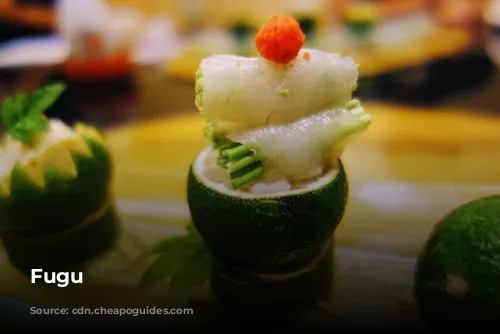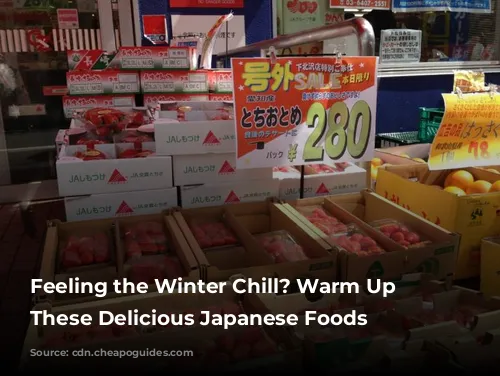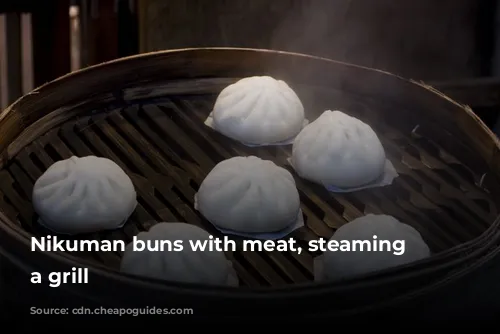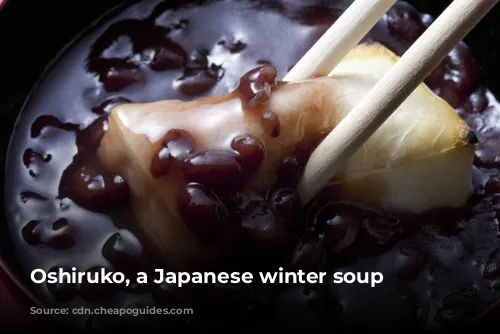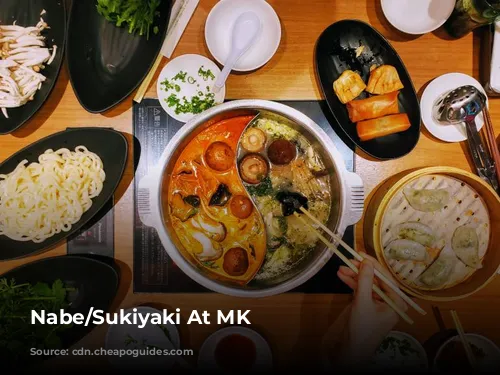If you’re planning a trip to Tokyo during the winter, brace yourself for the cold! But don’t worry, the city has a ton of delicious Japanese winter dishes that will warm you up from the inside out.
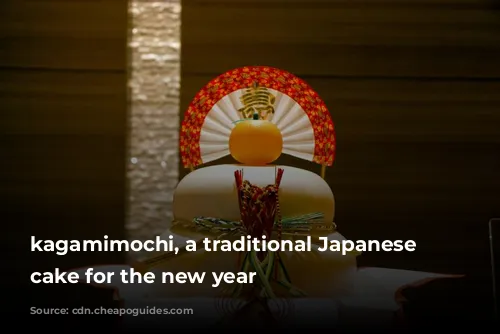
Oden: A Savory Pick-and-Mix Stew
The enticing aroma of oden wafting from convenience stores is a sure sign that winter has arrived. This comforting stew is a beloved Japanese winter staple. While it might look a little intimidating at first glance, with its gray broth and seemingly random assortment of ingredients, trust us – it’s definitely worth trying at least once.
Think of oden as a savory pick-and-mix! The dish features a light soy-based broth brimming with a variety of jellies, root vegetables, and seasonal treats. Some common ingredients include:
- Konnyaku: A jelly made from the root of konjac, known for its digestive benefits. It’s usually served in triangles, but sometimes comes as noodles called shirataki.
- Yude-tamago: A boiled egg that’s been simmering in the salty broth for a long time, soaking up all the delicious flavor.
- Tofu: Oden features tofu in various forms, like ganmo (fried tofu with vegetables) and atsuage (deep-fried tofu slices). It soaks up the broth beautifully and adds a satisfying bite.
- Daikon: A winter radish sliced into circles, providing a delightful crunch.
- Fish cakes: Oden offers a selection of fish cakes, including hanpen, kamaboko (the white and pink fish cake you’ll recognize instantly), and chikuwa (a tube of fish cake).
So, what are you waiting for? Take a leap of faith and dive into the wonderful world of oden. It’s the perfect opportunity to sample delicious winter specialties like daikon and other root vegetables.
Where to find oden in Tokyo: You can easily pick it up at any convenience store, or check out our guide to oden for some specialized spots to try it!
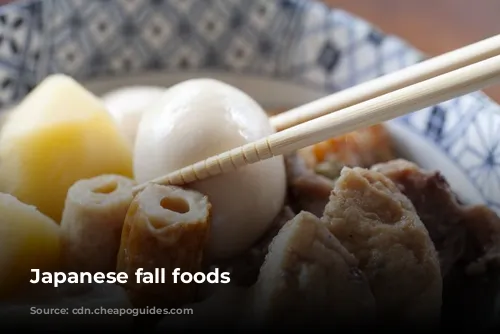
Tofu: A Protein Powerhouse in Many Forms
Although available year-round, tofu is considered to be at its peak during the winter months, following the soybean harvest. This versatile ingredient is a fantastic source of protein and comes in a mind-boggling variety of formats, from soft and creamy to firm and chewy, even freeze-dried, fermented, or fried! There’s a tofu option out there for everyone.
Prepared tofu is readily available and super affordable, making it easy to experiment and discover your favorite type. Keep an eye out for these popular variations:
- Yudofu: A Kyoto delicacy featuring soft tofu pieces simmered in a mild soup. It’s traditionally dipped into soy or ponzu sauce.
- Agedashidofu: Deep-fried tofu served in a flavorful soy sauce broth, topped with green onions and grated daikon. You can also find agedashidofu in kitsune udon, a light broth with udon noodles and a slice of fried tofu.
Where to find tofu in Tokyo: Head to an izakaya (Japanese pub) for some tasty and affordable tofu options. For the highest quality and most delicious tofu, seek out a local tofuyasan (tofu specialty shop) on a map app. If you’re feeling adventurous, why not try your hand at tofu cooking with a specialty tofu cooking class (¥5,000, weekends only)?
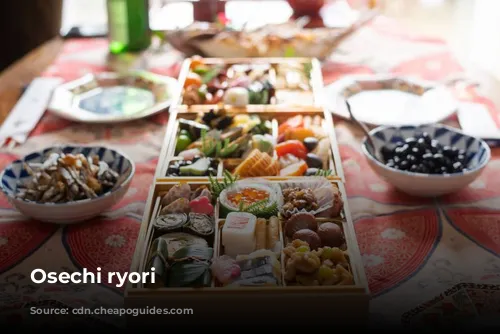
Fugu: A Delicacy for the Daredevil
For those who enjoy a touch of danger with their dinner, fugu is the ultimate Japanese winter challenge. This pufferfish, known for its deadly toxins, is a delicacy that can only be prepared by highly trained chefs with special licenses. But don’t worry, the risk of getting poisoned is minimal!
Fugu is a pale, mild-flavored fish, served in thin slices, often with yuzu or sudachi, a small green citrus fruit (another winter favorite). The unique taste and presentation make for a truly unforgettable experience.
Where to find fugu in Tokyo: Kikuchi is a budget-friendly fugu restaurant in Tokyo that offers set menus starting at around ¥4,950. We also recommend Guenpin, which allows you to make online reservations for different fugu meal sets.
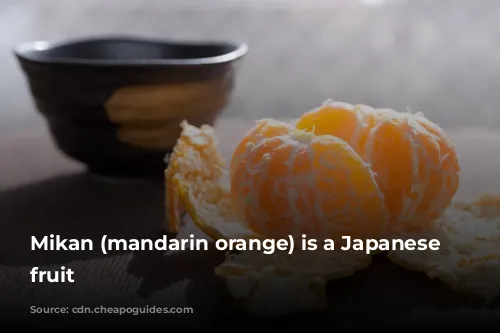
Nabe: A Cozy Group Dish
The word nabe translates to “pot” in Japanese, but it actually encompasses a wide variety of delicious stews and soups cooked in an iron or clay pot. These warm, comforting dishes are perfect for sharing with friends and family.
There are numerous nabe varieties to explore, from the sumo-specialty chanko-nabe (packed with protein) to the simple yosenabe (a mix of vegetables and meats in a dashi broth). Meat lovers will appreciate motsunabe (with beef and/or pork offal) and sukiyaki (thin slices of beef and tofu). Shabu-shabu, one of the most popular nabe varieties, gets its name from the “swishing” sound of the thinly sliced meat as it cooks quickly in the hot broth.
The best part about nabe is its social aspect. There’s nothing more enjoyable than gathering around a steaming pot with friends, choosing your favorite ingredients, and perfecting those tricky chopstick maneuvers.
Where to find nabe in Tokyo: Tokyo boasts many restaurants offering all-you-can-eat nabe sets. Check out our comprehensive nabe guide to find the perfect spot for you!
